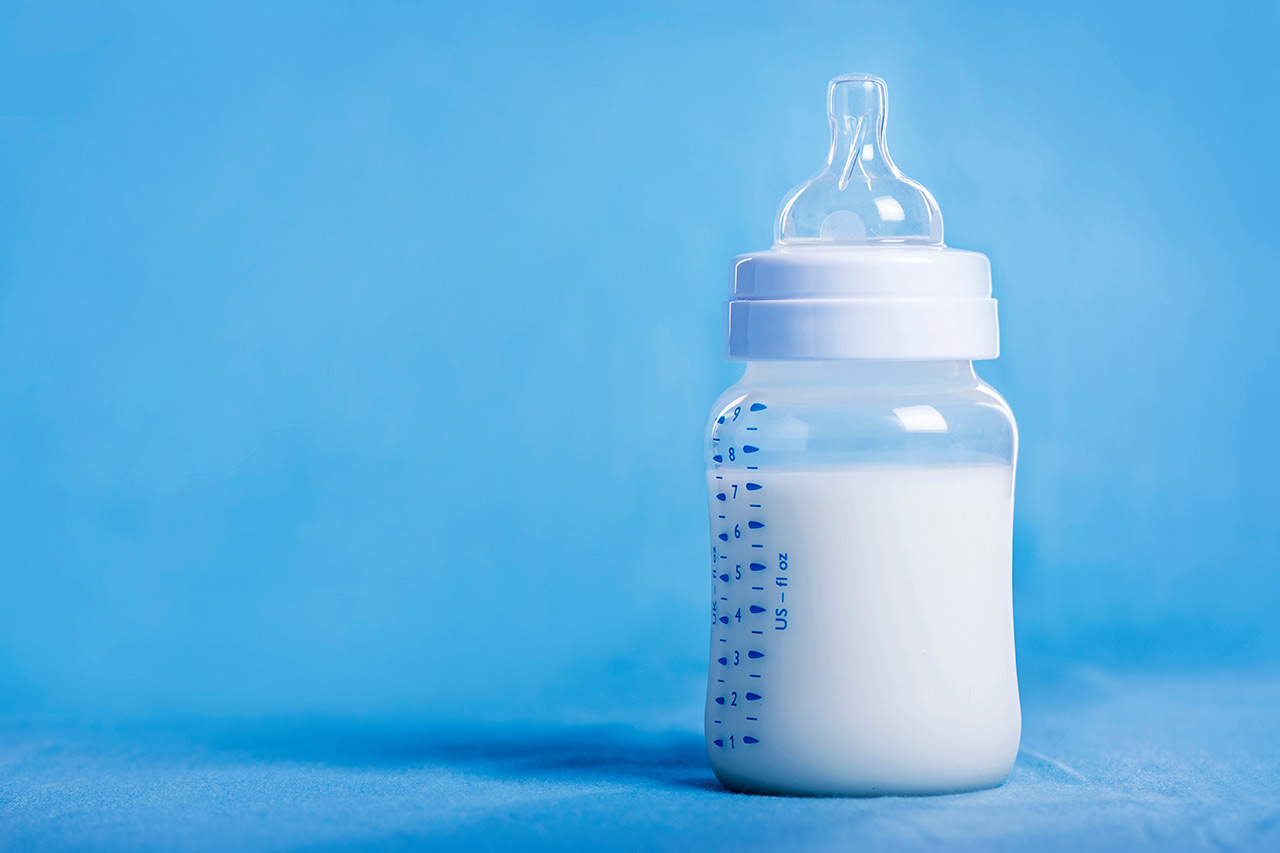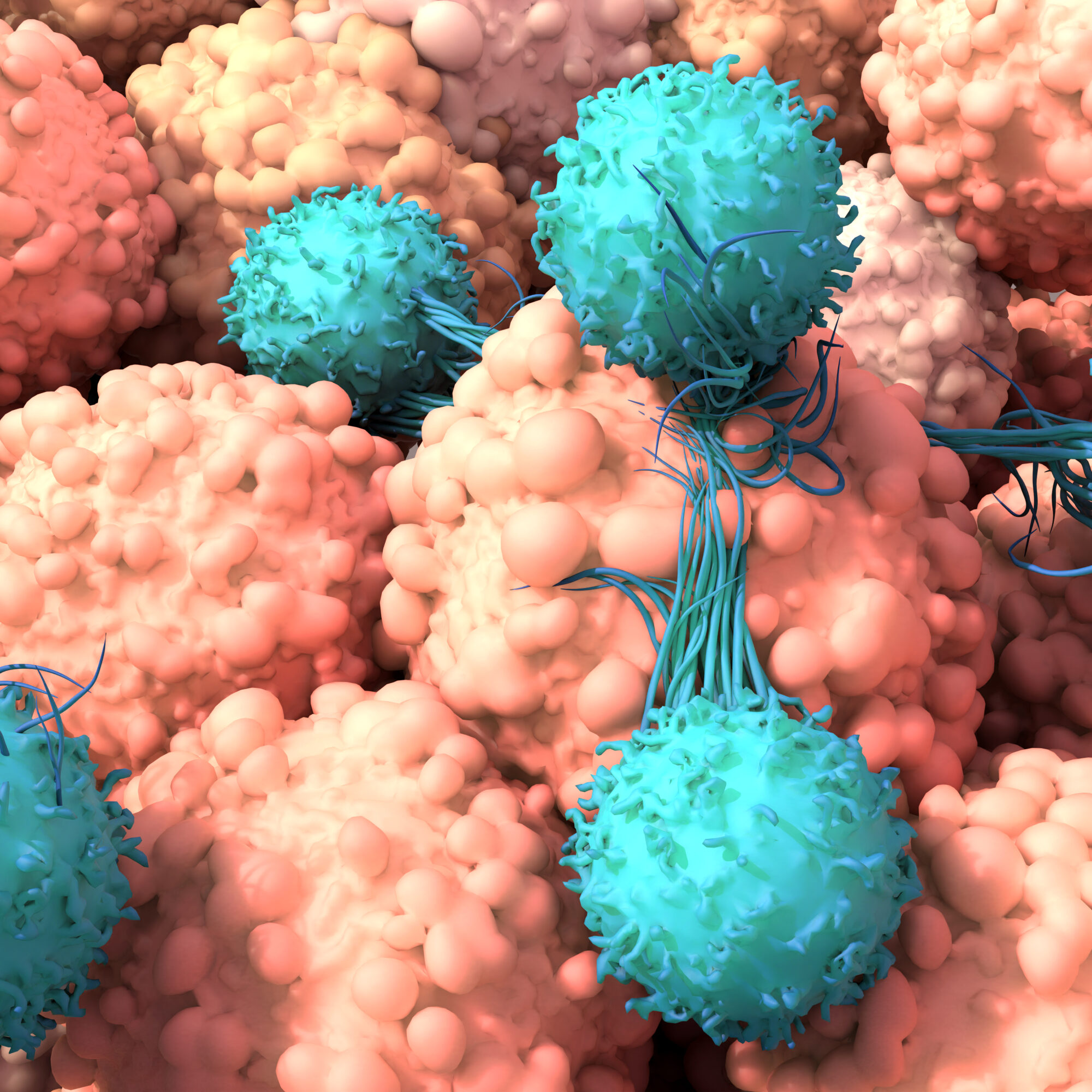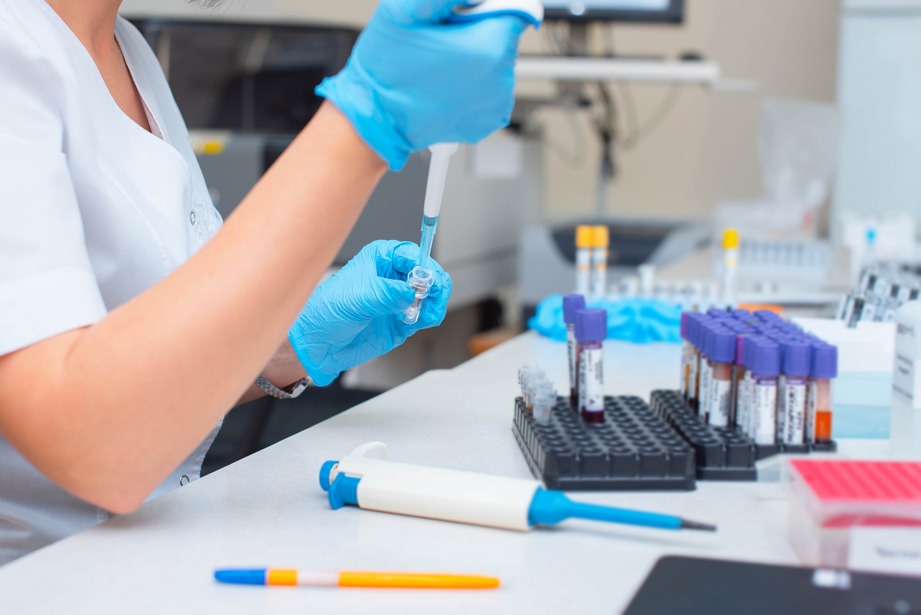In 1978, the first IVF (in-vitro fertilization) baby was born. In 2018, the European Society of Human Reproduction and Embryology stated that more than eight million babies were born thanks to IVF (1). IVF takes several steps: ovary stimulation, egg retrieval, insemination and fertilization, embryo culture and embryo transfer. Then, embryo needs to implant in uterus to further develop. Alcimed reviews new techniques that are being developed in assisted reproduction.
Assisted reproduction: stem cell therapy supporting ovarian stimulation
First step of IVF consists in stimulating ovaries to produce oocytes. To do so, hormones (gonadotrophins, GnRH inhibitors) are used. Unfortunately, ovarian follicles pool vary from a woman to another, because of environmental or nutritional factors. Indeed, some women have significantly less ovarian follicles and suffer from what is called a primary ovarian insufficiency (POI), which is one of the challenges in assisted reproduction.
First study in 2014 proved an healing of ovarian insufficiency in a mouse model thanks to bone marrow mesenchymal stem cell (BMMSCs) administration (2). In 2018, researchers proved the same mechanism worked in humans (3). This study carried on 17 women showed that an injection of autologous bone marrow-derived stem cells in ovary could regenerate the ovarian follicles pool. Companies such as OvoSkill, based in Italy, are starting to develop their own factories to produce adipose-derived mesenchymal stem cells. Those will then be administered directly in ovaries. Future research is focused on administrating G-CSF (granulocyte colony-stimulating factor) in intravenous to avoid the invasive laparoscopy step.
Optimizing embryo surveillance in assisted reproduction
Preimplantation genetic screening and diagnosis are techniques that have been initiated along IVF process for 30 years. They consist in a genetic surveillance of chromosomal abnormalities or inborn diseases such as cystic fibrosis. Recent assisted reproduction technology advances have taken embryo surveillance to the next level. For the last decade, time-lapse imaging has been particularly developed to enhance development control of embryos, therefore allowing clinicians to select the ‘best’ one for transfer.
New trend is objectifying embryo development control and uses new digital tools such as machine learning and artificial intelligence. If AI is still at its inception in assisted reproduction, a recent study proved its efficiency to rank and select embryos (4). Moreover, it involves fewer manual manipulations that could contaminate or damage the embryo’s culture, and it eliminates any interobserver variation. Start-ups and larger companies across the world have developed their own AI solutions over the past five years, like Embryonics (Israeli start-up), Presagen (US) or Vitragen (Swedish multinational).
Learn more about AI innovations in healthcare >
Towards new drug therapies for implantation failure?
Recurrent implantation failure (RIF) is one of the challenges during IVF process in assisted reproduction. Despite correctly-performed steps (ovary stimulation, oocyte retrieval, fecundation and embryo culture), it happens that the embryo does not implant in the endometrium. To determine the best time for embryo implantation (also called window of fertility), a genetic microarray test was developed in 2013 (5). The goal is to map more than 200 genes’ expressions involved in endometrium receptivity. However, its efficacy is being discussed as many variability factors have to be taken into account (biopsy inconsistency, hormones’ variation).
Research on endometrium receptivity is still ongoing and focus is now on drug therapies. Several clinical trials are conducted, promising ones being about autologous platelet-enriched plasma intra-uterine administration and G-CSF perfusion.
Nowadays in assisted reproduction, it is possible to act at all IVF steps to ensure a healthy embryo transfer and maximize pregnancy rates. Development of stem cell, blood-derived products therapies, and artificial intelligence have found their application in assisted reproduction and private companies are already positioning and investing in these technologies. Your company is developing a technique or a treatment in assisted reproduction? Alcimed can help you exploring your possibilities in this market.
(1) https://www.sciencedaily.com/releases/2018/07/180703084127.htm?msclkid=bffc56e1c55c11ec846a2a42808c5d1f
(2) https://europepmc.org/article/MED/28670143
(3) https://doi.org/10.1016/j.fertnstert.2018.04.025
(4) https://www.ncbi.nlm.nih.gov/pmc/articles/PMC8809568/
(5) https://doi.org/10.1016/j.fertnstert.2012.09.046
About the authors,
Margaux, Consultant in the Healthcare team in Lyon and Hélène, Project Manager in the Healthcare team in Milan



